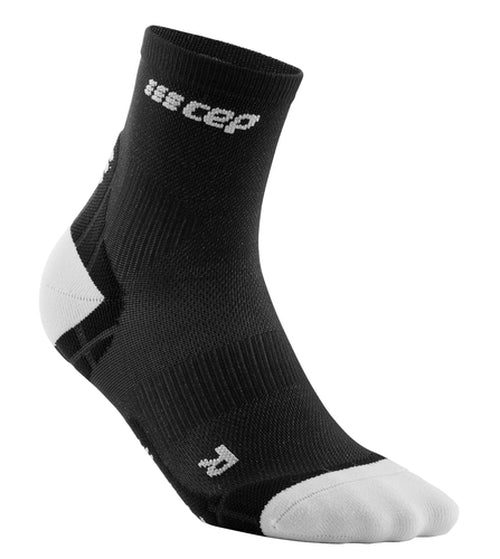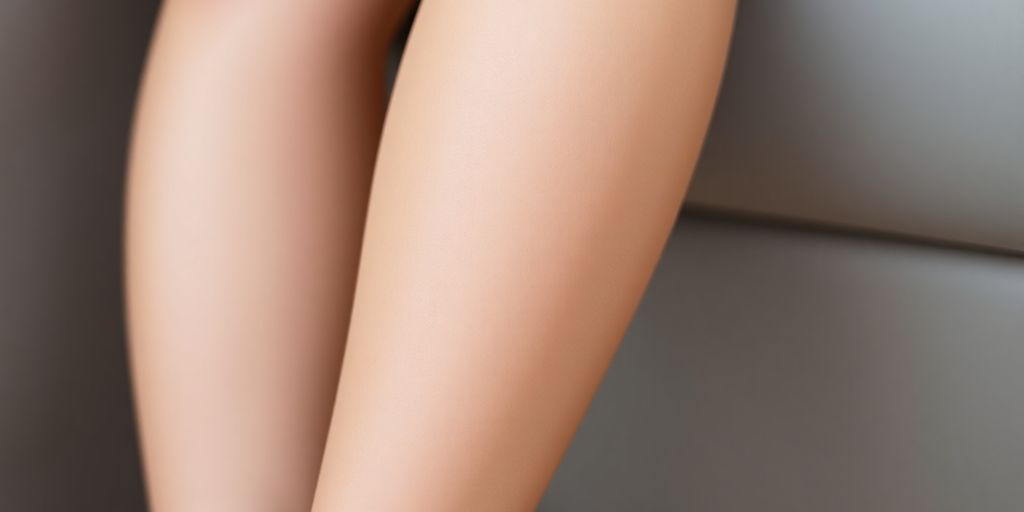Wearing compression socks at night has become a ritual for many people, especially those who have poor circulation in the extremities or experience certain types of leg or foot pain. However, not everyone agrees on an important question: should you wear compression socks to bed? The truth is that it varies based on your health, the type of compression socks, and the reasons you wear compression socks in the first place.
So, can you sleep with compression socks on? Is it ok to wear compression socks for more than 12 hours at a time? Finally, where you can find high-quality compression socks to wear at any time of day or night? In today’s guide, we will answer all of these questions and more, but first, it is important to look at what the experts say regarding how long you should wear compression socks.
How Long Should You Wear Compression Socks For?
Generally, compression sock manufacturers and medical professionals agree that it is safe to wear compression socks for 24 hours or longer. However, there have been few studies on wearing compression socks for multiple days or weeks in a row. For this reason, most people choose to give their legs a rest by removing the socks before bed or during times of day when they might be less convenient.
It’s also important to note that different kinds of compression socks apply different degrees of pressure on the legs. Usually, medical compression socks apply more pressure to the legs than compression socks for sports performance or casual use. This is due to the fact that medical conditions like varicose veins and thrombosis require greater constriction to increase blood flow efficiency and reduce blood clots. Consequently, you should follow the instructions of your doctor if you are wearing compression socks after surgery or as part of a treatment for an underlying medical condition.
Alternatively, if you wear compression socks for non-medical reasons, you have more freedom to choose when and for how long you wear your socks. Athletes and people who are frequently active often wear compression socks shortly before and during a workout. It is also recommended to wear the socks while you “come down” after the workout (when your heart rate returns to normal) so that it reduces the risk of blood clots or plantar fasciitis.
However, the pressure applied by non-medical compression socks is low enough that they can be worn for longer periods of time with far fewer risks. Standard compression socks apply pressure that is usually less than 20 mmHg, making them strong enough to ease circulation but not constricting enough to cause discomfort with prolonged use. In fact, many people specifically wear compression socks for long periods of time, especially when traveling. Sitting in a car or plane for hours on end can cause numbness and poor circulation, particularly in the feet and legs. Wearing compression socks for travel can reduce these symptoms and make you feel much more comfortable.
Cons Of Wearing Compression Socks For Too Long
Like most things in life, you can always have too much of a good thing. While compression socks have been proven to help physical performance, improve mobility, reduce pain, and help prevent or manage various medical conditions, they can also be overused. Compression socks are safe for almost anyone to wear, but there are a few potential drawbacks if you leave them on for too long:
- Blisters, calluses, and corns on the feet
- Feelings of numbness or “pins and needles” in the legs
- Irritation of the skin, particularly where the socks or stockings close on the leg
- Joint pain in the knees and ankles
- Decreased circulation
- Dull pain and discomfort
- Swelling of the legs, feet, and toes
- Feet and leg spasms
As you can see, wearing compression socks for too long can often counteract their intended effects. However, these symptoms and issues are more closely associated with compression socks that are not properly sized for your legs and feet. If your compression socks are too tight, they can cause these symptoms, even if you wear them for a relatively short period of time. Alternatively, if you use properly-sized socks, you are far less likely to experience any of these symptoms, regardless of the length of time you wear them.
Can You Sleep In Compression Socks?
The short answer is yes — you can absolutely sleep in compression socks. But as we have already outlined, there are various factors that can determine whether or not you should sleep in compression socks. For many people, wearing compression stockings to bed is just a normal part of their nightly routine. There is also a direct link between wearing compression socks and improved sleep among people with certain conditions.
For example, restless leg syndrome (RLS) affects nearly 10% of the adult population in the United States. In addition to being bothersome during the day, RLS can also make it more difficult to fall asleep and stay asleep. Fortunately, wearing compression socks in the hours leading up to sleep and throughout the night can improve the quality of sleep in RLS patients. The natural pressure of compression socks increases blood flow and mimics some of the alleviating effects of massage, making it one of the best solutions for people who struggle to sleep due to restless leg syndrome.
Similarly, pregnancy and sleep apnea can make it difficult to sleep in comfort. Pregnant women often struggle to find comfortable positions that do not reduce blood flow to the legs and feet. Compression socks can help make blood flow to the thighs and lower legs more efficient, reducing numbness and discomfort.
Alternatively, sleep apnea is a condition that usually requires a CPAP machine to breathe and sleep comfortably throughout the night. While compression socks are not a replacement for traditional medical treatments for sleep apnea, wearing them during the day or night has proven to lessen the severity of sleep apnea in many patients.
Finally, even if you do not suffer from any of the conditions above, you may still feel discomfort in your legs and feet due to poor circulation. This is most often due to the decreased blood flow you feel in the legs when you are lying down. Consequently, compression socks can be worn to bed to help improve circulation and greatly enhance sleep quality.
Taking A Nap With Compression Socks
Thankfully, it is perfectly safe to wear properly-sized compression socks when taking a nap. Most people do not take naps for more than a few hours, so the risk of experiencing negative symptoms is extremely low. But again, it is important to remember that the size and pressure of the socks are vitally important. If your socks are too loose, they will not have the intended effect, and if they are too tight, they could actually restrict blood flow and cause numbness, swelling, and various other forms of discomfort. So, if you plan to sleep or take a nap while wearing compression socks, just make sure that you’re wearing the right size!
We hope you found this guide on wearing compression socks to bed both useful and informative! Are you currently in the market for compression socks or other compression wear? If so, be sure to reach out to Compression Health today!




Share:
Compression Socks Guide